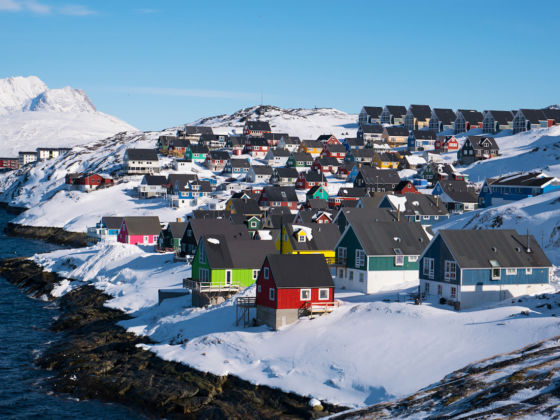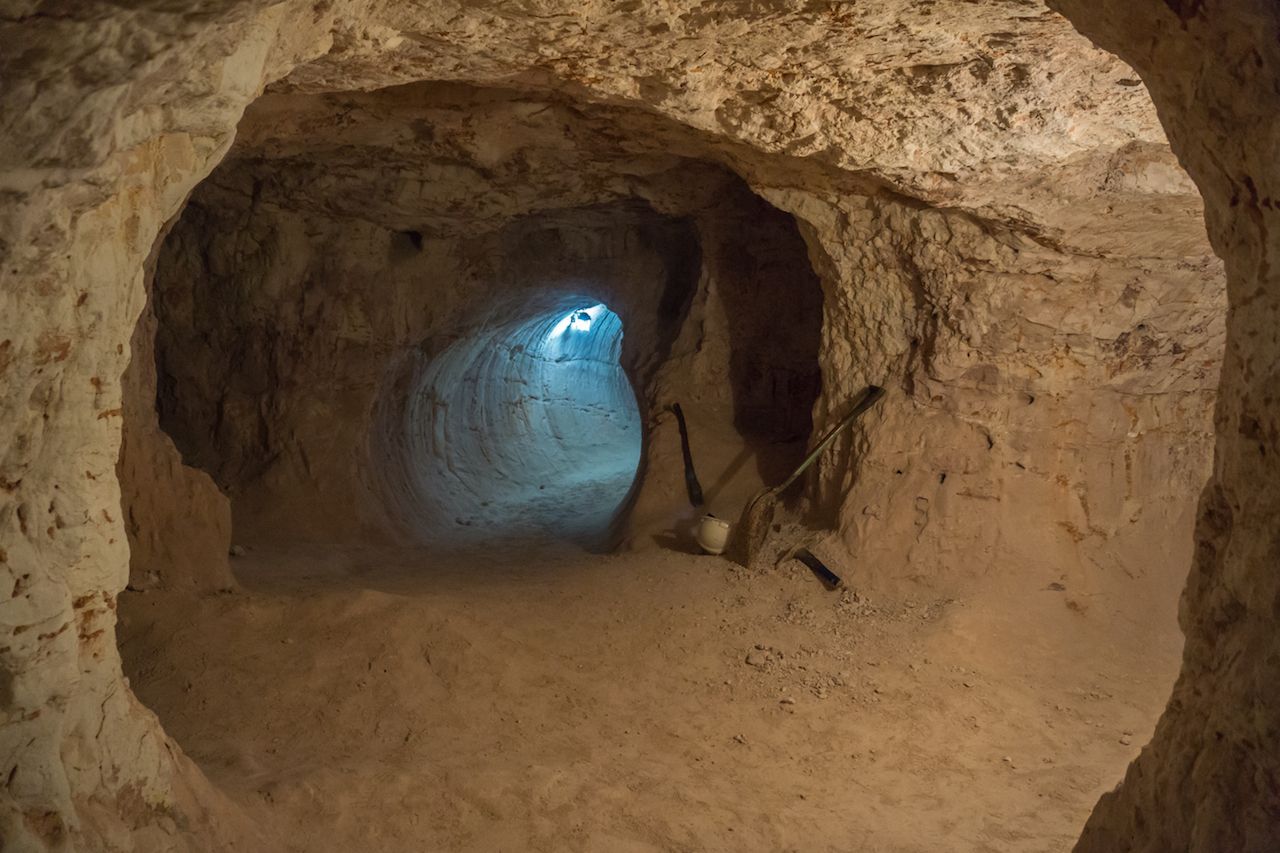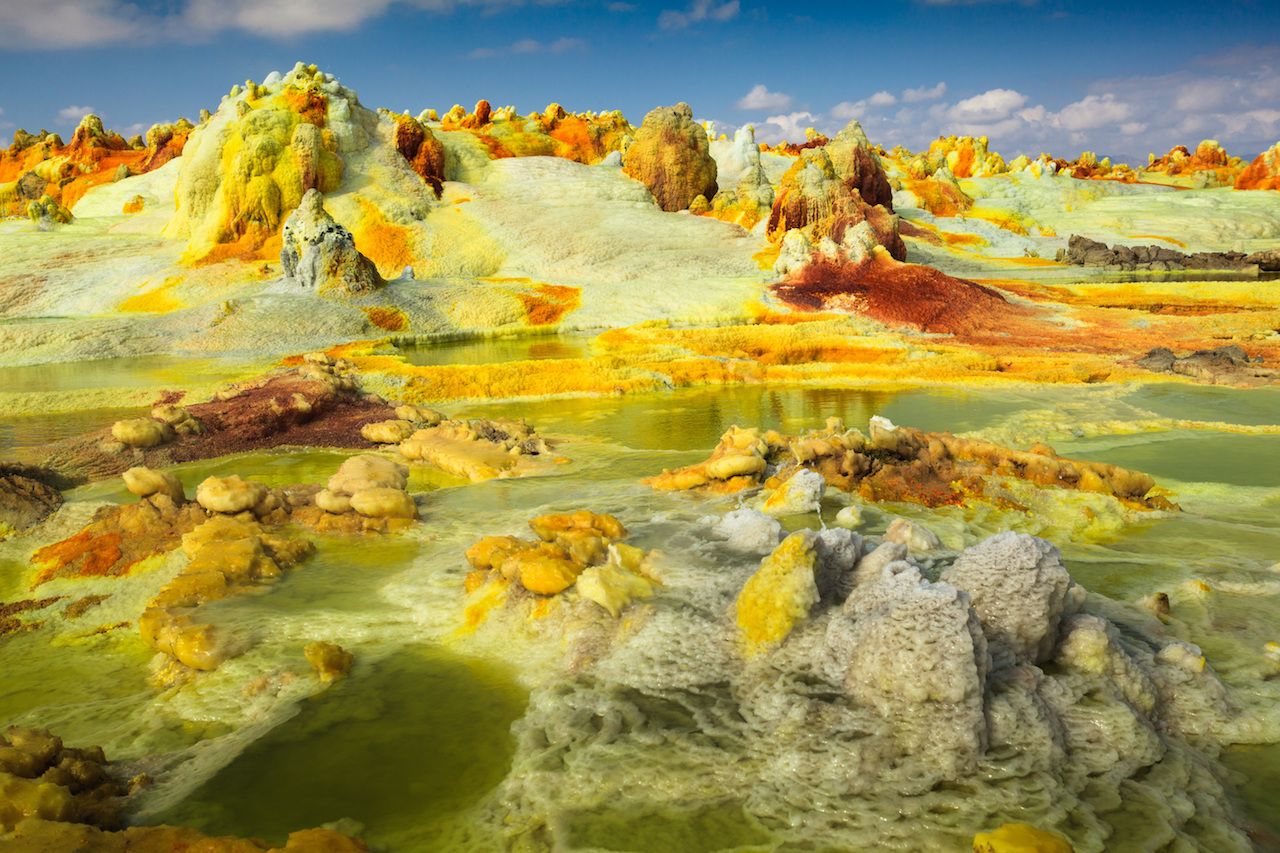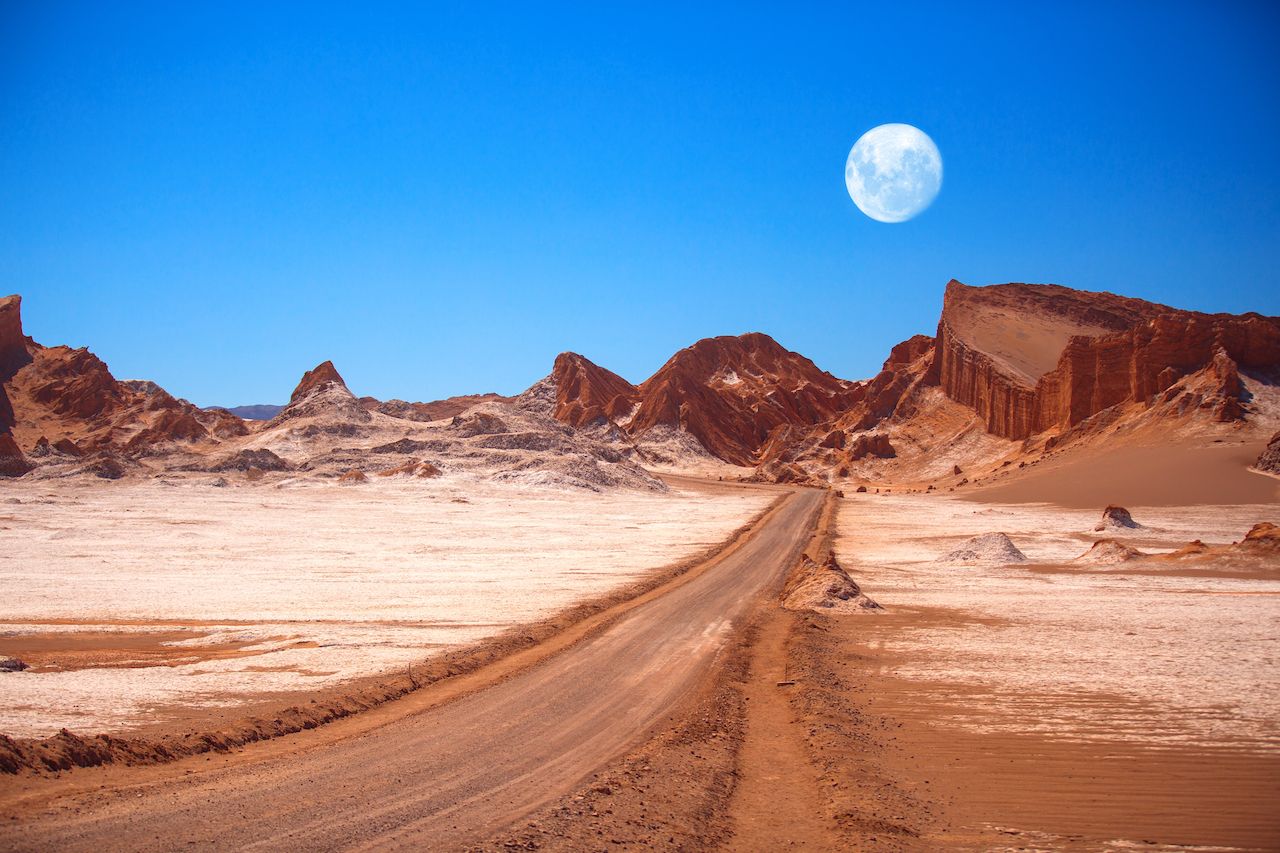Have you ever wondered what it would be like to live in the northernmost community in the world? The coldest? The driest? Well, these people don’t have to imagine. Whether it’s living at the literal top of the world in Svalbard, or in the hottest place in Ethiopia, they spend their daily lives in some of the most inhospitable places on earth.
1. Svalbard, Norway
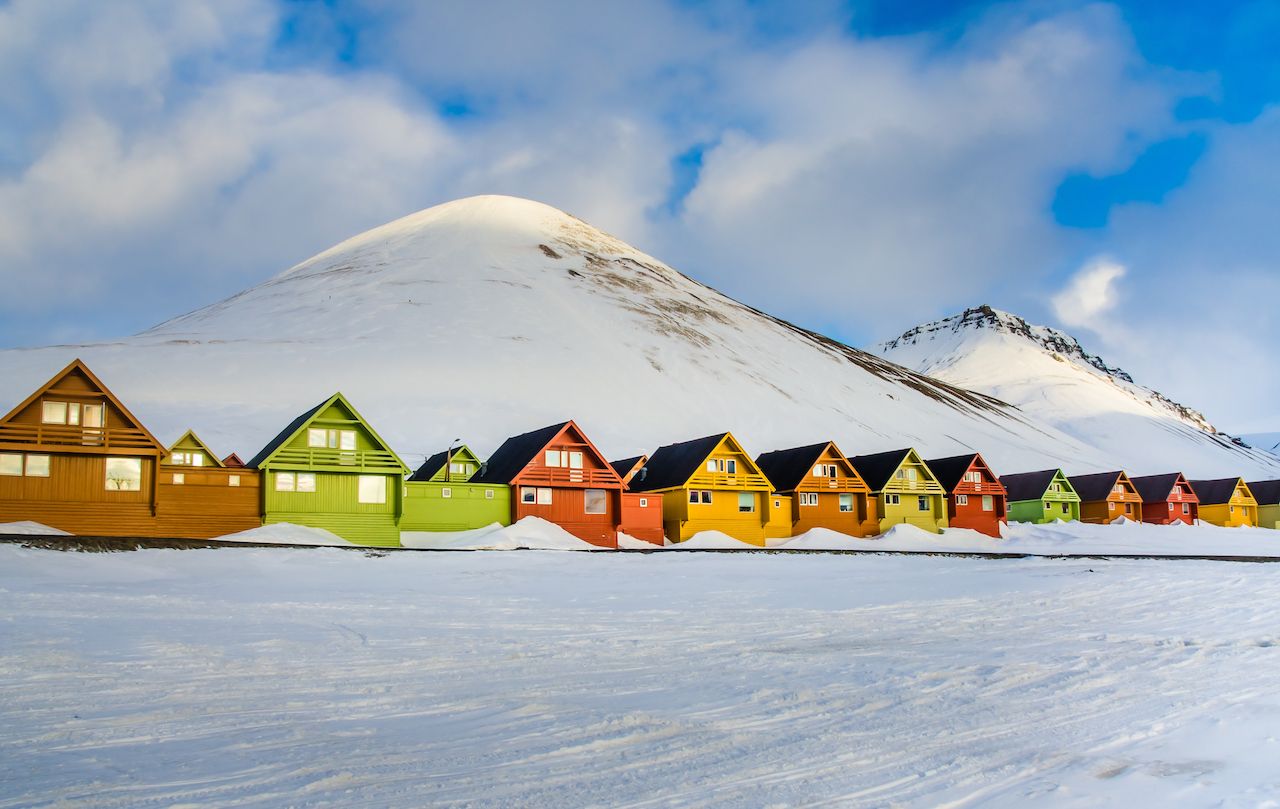
Photo: LouieLee/Shutterstock
Although closer to the North Pole than to Norway, the Svalbard archipelago is home to the northernmost settlement in the world. With a population of just over 2,000, the town of Longyearbyen is the archipelago’s largest residential community. Its residents share Svalbard with roughly 2,500 polar bears. While the bears rarely venture into the town itself, any resident leaving the borders of Longyearbyen is required by law to carry a firearm for defense. Initially a coal mining community, now many of Longyearbyen residents work in museums, hotels, or restaurants.
